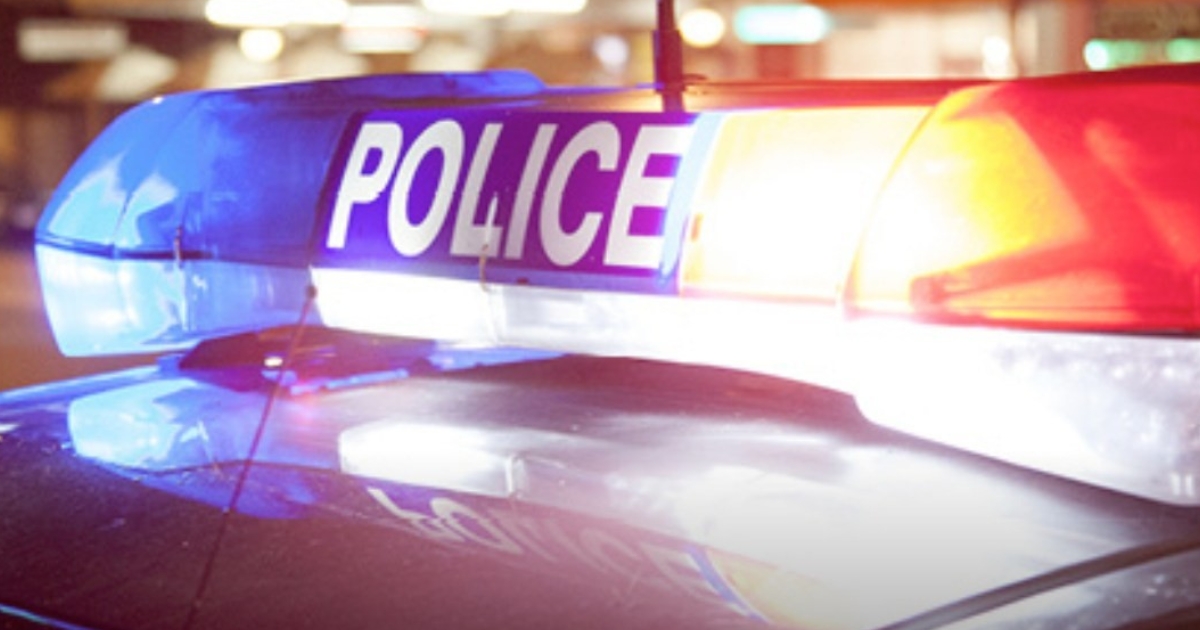Oh, deer: Otway visitors asked to watch out for feral species

Feral deer are well-established in the Otway Ranges and are known to cause significant damage to the local habitat. Photo: GAME MANAGEMENT AUTHORITY
VISITORS to the Otway Ranges are encouraged to report sightings of feral deer in and around the national park, as the species’ autumn breeding season begins.
Introduced into Australia in the mid to late 1800s, the feral deer population is well-established in the Otways, with the animal, known to cause significant damage to the local habitat, considered an increasing concern for the region.
The Centre for Invasive Species Solutions’ national deer management co-ordinator Dr Annelise Wiebkin warned feral deer activity will intensify in the coming weeks, including around roads, with breeding season a “critical time” to notice their presence and manage their impacts.
“We have a small window of opportunity to track their spread and support control efforts, particularly in areas where feral deer numbers are still low.
“Feral deer trash and eat native vegetation, ringbark trees, create wallows, trample undergrowth and spread weed seeds – all things that threaten the survival of native flora and fauna.”
The centre’s chief executive Shauna Chadlowe said feral deer numbers across the country had increased tenfold in recent decades and encouraged community members to use the free DeerScan app to report sightings.
“We need everyone to stay alert. Every Australian can play a role by reporting feral deer sightings or signs, like tracks and damage,” she said.
“These reports are crucial – they help drive co-ordinated efforts to control new deer populations before they spiral out of control. By acting now, we can stop their spread and save Australia millions of dollars each year.”
A report investigating the annual cost of feral deer in Australia, released by the centre in 2023, placed that annual cost at $91 million.
Of that figure, $3.3 million was attributed to road collisions involving deer.
Data on vehicle collisions caused by deer is limited, but a species control plan developed by Department of Energy, Environment and Climate Action (DEECA) suggests incidents have been increasing, particularly in areas in Anglesea and along the Forrest-Apollo Bay Road where habitat favoured by deer lies next to major arterial roads.
A DEECA spokesperson said the state government was rolling out an $18.25 million investment through the Victorian Deer Control Program to reduce the feral species’ impact on native habitat, biodiversity and agriculture.
“We worked with local communities and experts to develop this strategy, which not only protects our environment from the impacts of feral deer, but also increases public safety.”
For more information on the management of deer in Victoria, head to parks.vic.gov.au/get-into-nature/conservation-and-science/conserving-our-parks/feral-animals/deer

















